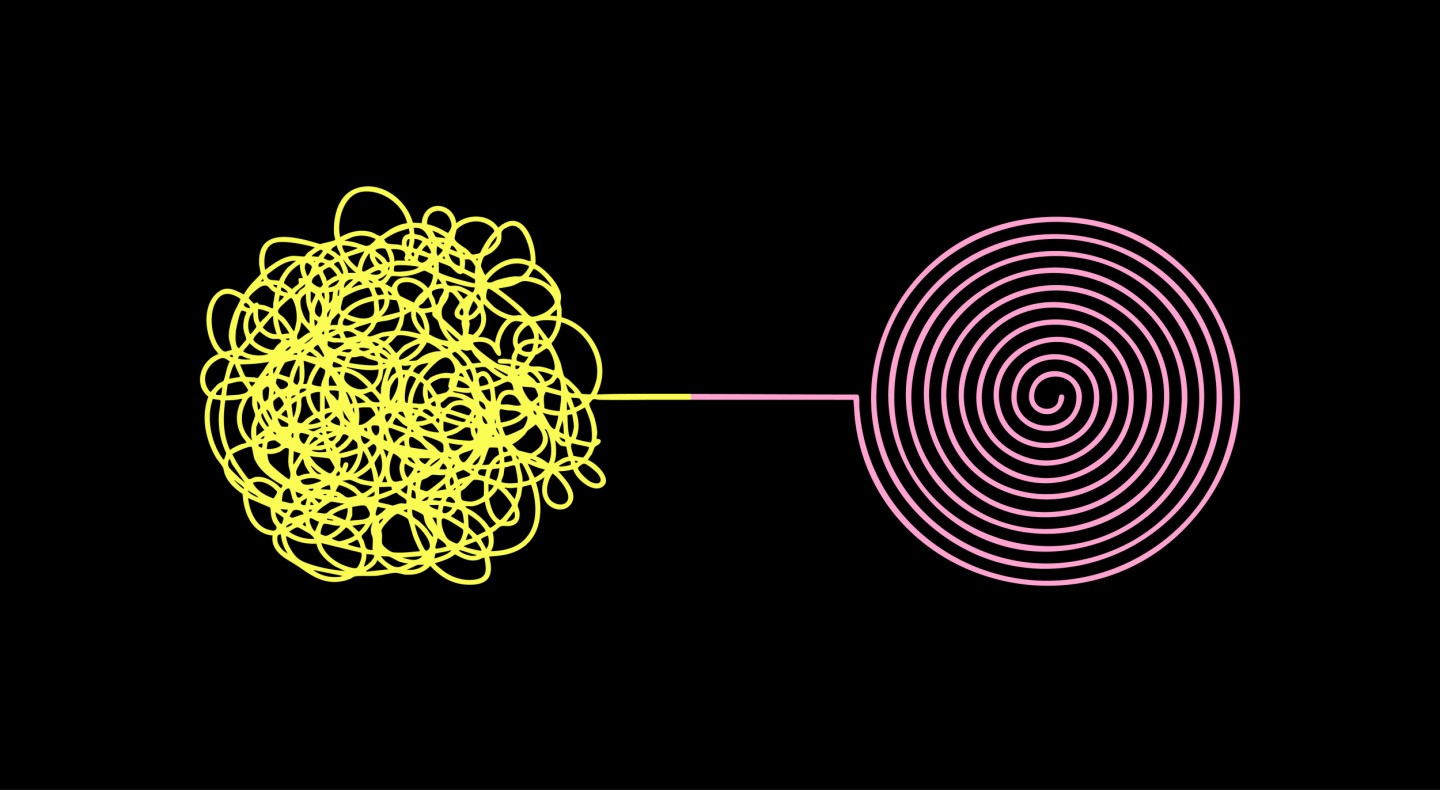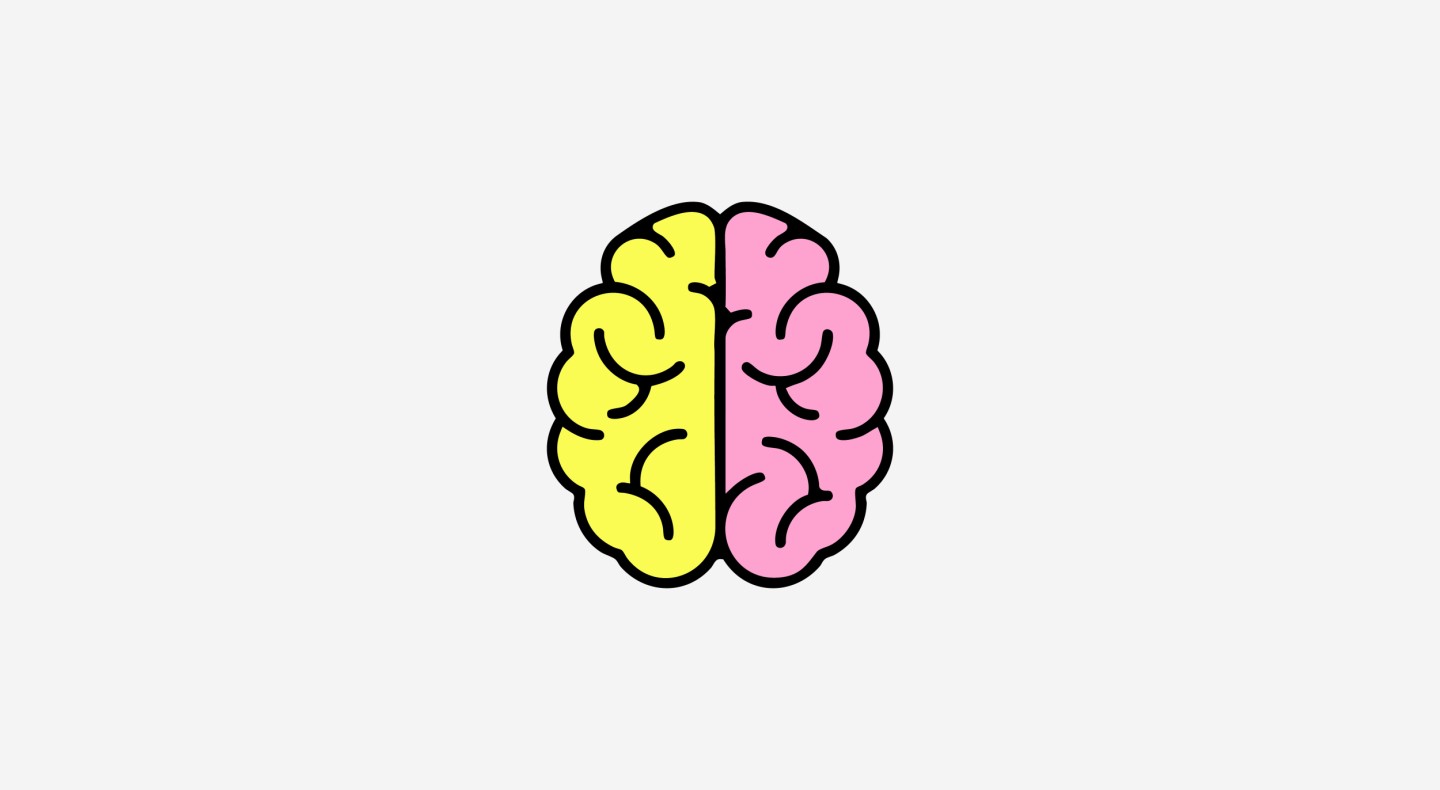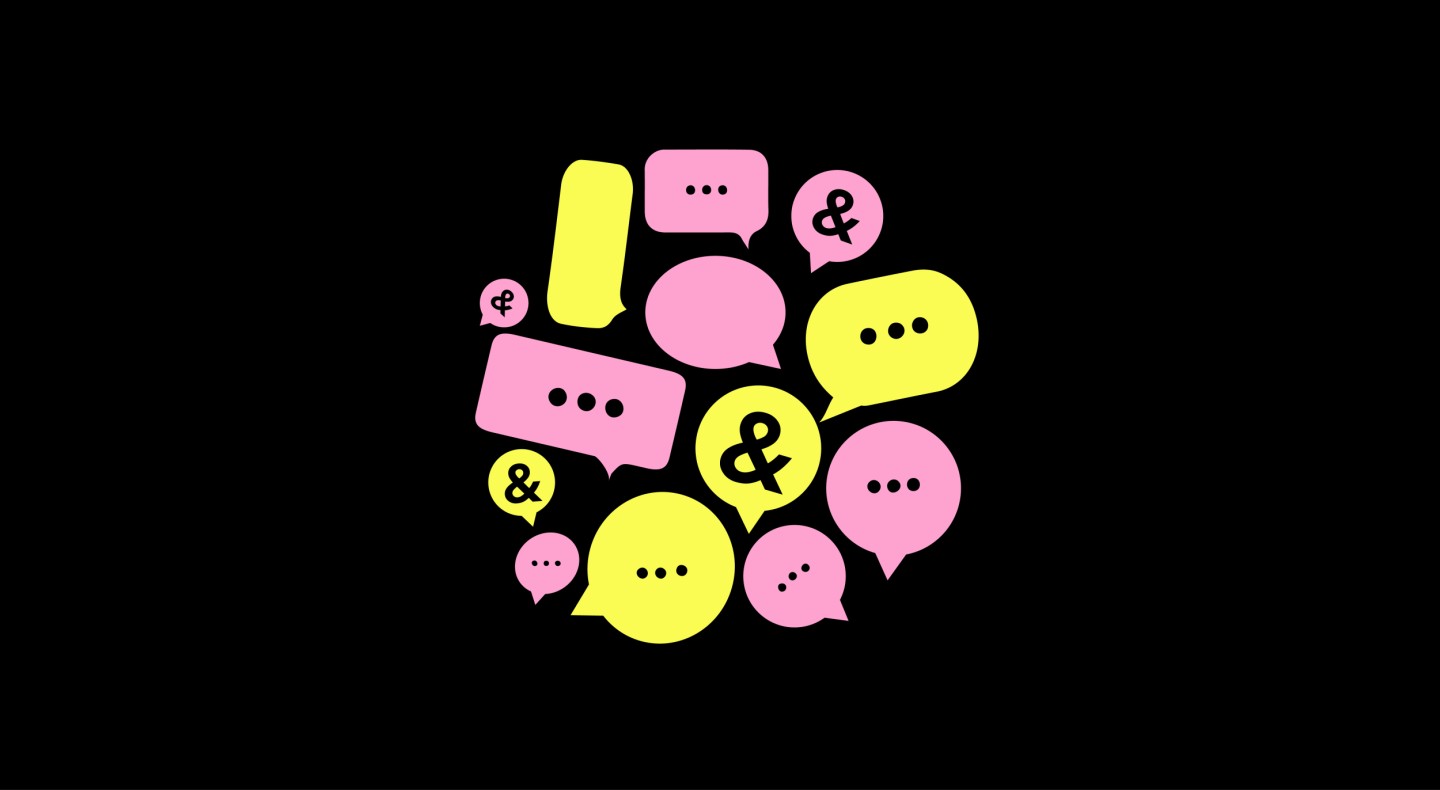AI and design - allies or enemies?
It's no surprise that artificial intelligence (AI) has become a top topic across many industries. The launch of ChatGPT has made individuals and businesses start to rely on the ease of AI tools and has some people worrying about their jobs. As a creative agency, we have seen AI tools pop up over the past few years, and still have opinions when it comes to AI in design. We feel that oftentimes in design, the essence and importance of human influence is overlooked.

An introduction to AI in design
Within the design industry, the integration of AI tools has undeniably and positively brought forward advancements in the industry, streamlining processes and offering new creative assets. However, no matter how complex and advanced AI algorithms are, there is still a place in the industry for creative minds.
AI is the development of intelligent machines which makes them capable of performing tasks that typically require human understanding. AI tools are applications or software using algorithms and data to mimic tasks and functions, enabling machines to learn from data, recognise patterns, make decisions, and perform tasks.
Generative AI is a subset of AI that involves systems that can independently produce new content, images, designs, or solutions based on patterns and examples fed into them via a prompt (generated by a human). This process essentially allows individuals to ask a computer or AI tool for something, even in multiple languages, and quickly the AI tool will present and create the desired content.
Generative AI facilitates a certain level of creativity and innovation by enabling machines to create, imagine, and generate new content, original graphics, or solutions beyond their initial programming. These tools are undoubtedly generating greater efficiency within many roles, including creative roles. This is where AI and design meet.
From the popularity of AI, there’s a belief that these new technologies can thrive independently of human influence. But the truth remains: the incorporation of human touch in design is not just valuable but imperative for innovation, creativity, and future development within the creative industry.
Adobe's AI and design influence
AI isn't all bad, over a decade ago Adobe Photoshop introduced its Content-Aware Fill tool, one of its AI tools, which seamlessly fills a selected portion of an image with similar image content from surrounding parts of the photo. Before tools like Content-Aware Fill on Adobe Photoshop, repetitive tasks needed to be done manually by a graphic designer, which can take a significant amount of time.
Adobe Firefly also comprises not one but several generative AI models that allow users to generate images and other assets using text prompts, which can be extremely useful for inspiration to a designer.
Adobe's powerful generative AI technology is also now in Adobe Illustrator. Its Generative Recolour AI tool will transform vector artwork colours into various, energising palettes and themes using everyday language.
These AI tools aid with image generation, image resizing, and transforming text to image, all very important aspects of graphic design, and what our designers do on a day-to-day basis.
The creative process
Graphic design is a journey involving continual enhancements and often repetitive tasks to create something unique. Designers engage in design, testing, and feedback loops to refine their creations and optimise user experiences. They rely on intuition and experience to make informed decisions throughout this process.
AI algorithms excel at identifying patterns and may be able to automate tasks allowing designers to be efficient, but they lack the imagination and human judgment required to leverage these patterns effectively.
Design is a process where every small detail is often thought about. It can take multiple days and weeks of research and ideas bouncing off creative minds to find the absolute perfect visual content, brand idea, or even logo.
AI's biggest strength, the speediness of giving content, is also its biggest weakness in the design industry, as there is no knowledge of the different research that has been divulged to create the finished product.
Looking for a partner to guide your next project?
Get in touch

Inside a graphic designer's mind
So now we come to understand how AI tools can be helpful, but we also need to understand how they can be harmful, specifically when it comes to people and businesses using AI instead of a designer or replacing graphic designers.
Looking at the bigger picture, designers are all extremely creative individuals. They are able to take an idea and visualise it into something memorable that can be the basis of a whole brand or message into a small loco or icon.
In the creative process, designers meticulously consider every element: from logos to typography, to colours, to messaging, ensuring a comprehensive approach to their design.
The main things that AI cannot do are some of the most powerful parts of a designer. Understanding emotions and valuable messages, fostering creativity within different industries, problem-solving through visual aids, understanding context, and collaboration within the design process are extremely important parts of having human influence and creativity within design.
Understanding emotions
Designers craft products that stir emotions, make a statement and create significant bonds. By skillfully embedding stories into their designs, they navigate users through their creative aspects with effortless experiences, stirring profound feelings and forming lasting connections.
This human-centric method, enriched with insights, results in unique solutions and content, a task difficult for AI and algorithms to achieve. The level of comprehension designers offer cannot be mimicked by artificial intelligence in the same way, as its ability is limited in producing visual content and designs that elevate user engagement and understand individual emotions.
Fostering creativity
Graphic designers possess a distinct skill set that allows them to tackle challenges with a blend of analytical thinking and creative flair. They delve into complex problems, dissecting them with a critical eye while simultaneously embracing imaginative approaches.
Throughout their creative workflow, graphic designers thrive on the exploration of options, often venturing beyond conventional boundaries to uncover innovative solutions, leveraging the evolving array of new tools at their disposal.
True creativity often involves intuition, emotions, and unique human experiences, which are complex to replicate in algorithms. While AI can generate impressive designs and assist in tasks, it may struggle to comprehend abstract concepts, emotions, or cultural nuances, elements integral to genuinely creative and innovative design.
AI lacks the intrinsic understanding and personal touch that human designers bring to their work, making it challenging for AI to replicate the depth and richness of human creativity in design.
Inventive problem-solving
A designer's work often extends far beyond the realm of aesthetics. While they certainly create visually appealing designs, their primary focus lies in resolving intricate issues and aligning their creations with business goals and user preferences. Ultimately, design needs to boost engagement.
Designers immerse themselves in understanding not just what looks good, but what functions effectively and resonates deeply with the intended audience. This approach involves meticulous attention to detail, an acute understanding of user behaviour, and a keen awareness of the constantly evolving landscape of design trends and technologies.
Challenges arise in problem-solving that require real human judgment, creativity, and understanding of subjective and sometimes sensitive elements.
While AI excels at pattern recognition and optimisation based on existing data, it might struggle with abstract or novel situations that require intuition or a deep understanding of human behaviour and preferences.
Additionally, graphic design problems are often multifaceted, requiring flexible thinking and the ability to adapt to rapidly changing requirements. While AI can assist in certain parts of the problem-solving process, it might lack the adaptability and holistic understanding necessary to tackle all facets effectively.
Ultimately, AI complements designs but doesn't replace the physical problem-solving capabilities of humans.
Establishing the context
Graphic designers always comprehend the broader context surrounding a project. They consider user demographics, cultural differences, and relationships to devise effective designs tailored to specific audience needs. This ensures their designs are inclusive and culturally appropriate. They recognise the impact of graphic design choices on diverse user groups, striving to create visual content and accessible experiences beneficial for all.
AI in design, while being cost-effective and proficient in processing data, lacks the human creativity, understanding and contextual awareness that designers bring to the table.
Collaboration and communication
Graphic designers are creative professionals who excel in collaborating with vast amounts of stakeholders, clients, and teams. They possess strong communication skills to grasp needs, collaborate on idea generation, and share thoughts. Designers also facilitate discussions, consider trade-offs, and ensure solutions align with user needs and business objectives.
AI algorithms struggle with interpersonal and communication skills which are crucial in design collaborations.
Looking for a creative partner for your next project?
Look at our design services

Diverse perspectives spark creativity
Imagine a team composed of individuals with varied backgrounds, skills, and experiences. This diversity injects the creative process with a vibrant mix of ideas and perspectives, often leading to ingenious design solutions that one mind alone might not envision.
When minds converge and collaborate, the magic happens. Brainstorming sessions and collaborative efforts ignite a fusion of ideas, propelling innovation and pushing the boundaries of conventional design. The collective effort often results in refined and impactful design outcomes.
Within a team, each member brings a unique set of skills to the table - illustration, typography, user experience, and more. Pooling these talents enables a comprehensive and well-rounded approach to design challenges.
Teamwork creates a conducive environment for continuous feedback. Constructive critiques and insightful suggestions from colleagues aid in refining designs, ensuring they align perfectly with project objectives and user needs.
Dividing tasks based on expertise streamlines the design process. Specialisation allows individuals to focus on specific aspects, enhancing efficiency and contributing to higher-quality outcomes.
Cultivating a culture of learning
Collaboration fosters a culture of knowledge exchange. Design teams learn from each other, sharing techniques, insights, and experiences, contributing to both individual and collective growth.
In the face of changing project requirements or client preferences, teams prove more adaptable. Collective problem-solving and brainstorming enable agile solutions that meet evolving needs.
AI and design: will AI replace designers?
Design professionals leverage cutting-edge AI design tools not as replacements for their creativity, but as instruments to amplify their imaginative visions, shaping experiences that blend technology with the warmth of the human perspective.
However, the fusion of human creativity and AI's computational power and tools holds immense potential to unlock novel possibilities, shaping new possibilities and the future of design.
AI-powered tools, undoubtedly transformative in their own right, may optimise certain aspects of the graphic design process but even as technology advances, even in the near future, designers will continue shaping the user experience (UX design) beyond AI's replication.
Our human experts
Whether it’s an entire brand identity or branded marketing collateral, we believe that design is the method by which brands tell their story, and we’re committed to ensuring that every piece of work we do supports a wider brand strategy.
Our team of graphic designers utilise their design tools and knowledge across all of our services, including web design, to create logos, create images, design full marketing campaigns, and generate thousands of visual assets.
If you require design help, don't hesitate to contact our team.